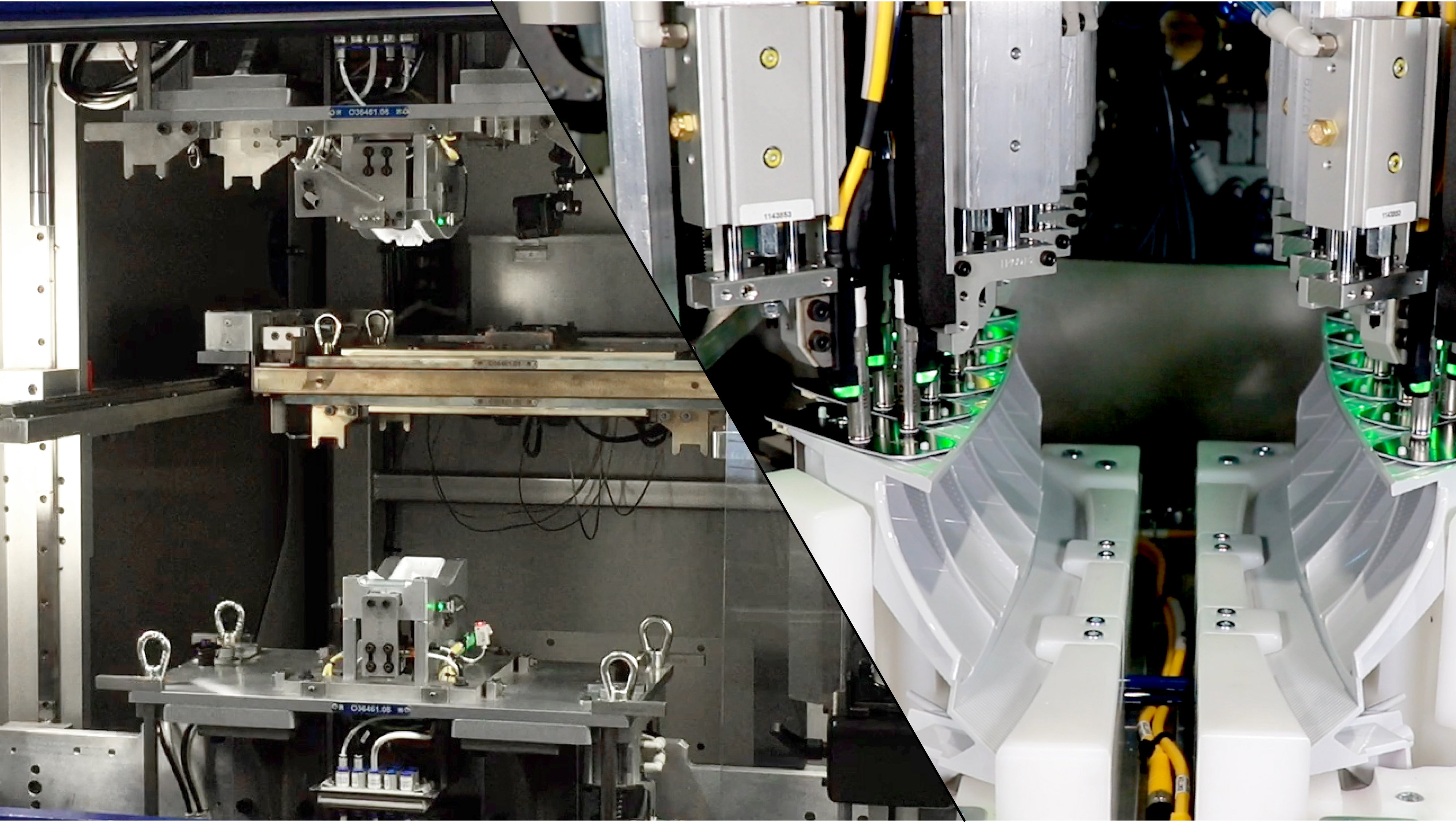What is the difference between plastic welding and plastic staking?
If you're an engineer, you may wonder what the difference is between plastic welding and plastic staking. Both of these methods join plastic together, but they use different techniques. Here, we'll look at the differences between these methods so you can decide which is right for your project.
Plastic welding is the process of heating two pieces of plastic and pressing them together to form a bond.
Plastic welding is a process that can be used to join two pieces of plastic together. The plastic is heated until it is soft, and then the two pieces are pressed together. The heat causes the plastic to flow and bond the two pieces. There are many different types of plastic welding, each with its advantages. Hot plate welding is one of the most commonly used methods, and it is well-suited for joining large pieces of plastic like batteries, glove boxes, and coolant bottles. Ultrasonic welding is another common method, and it uses high-frequency sound waves to create a bond between two pieces of plastic. This method is extremely fast and does not require any external heat source. It is best suited for smaller components like toys, handheld tools, and small ports. Laser welding is a newer method that uses a laser to create a bond between two pieces of plastic. This method is very precise and can be used to weld parts that require a clean joint, such as microfluidics, medical connectors, and electronic housings.
Plastic staking is the process of inserting a plastic boss or stud into a component and then using a tool to heat and form it into a stake.
Plastic staking is a process that involves inserting a plastic boss or stud into a component and then using a tool to heat and form it into a stake. The process can join a wide variety of parts like car door panels, interior trim, and PCBs to housings. There are several plastic staking technologies, each with different ways of heating the plastic. InfraStake uses focused infrared energy. NanoSTAKE uses conduction via rapid Smart Respond heating technology. Ultrasonics use vibration to create heat via friction. With each technology, the cooling process can be accelerated by blowing air on the molten plastic. After it has cooled, the plastic stake will be rigid and robust.
The main difference between plastic welding and staking is that welding produces a molecular bond, and staking produces a mechanical joint.
Welding produces a molecular bond between the two pieces of plastic. This means the molecules on one side of the weld fuse with the molecules on the other side. This type of bond is strong and can produce a hermetic, air-tight joint.
Alternatively, plastic staking produces a mechanical joint, not a molecular bond. The stake mechanically retains the components much like a rivet would. Products that are joined with staking often include several stakes to increase the overall strength and tightness of the assembly.
Staking can join different types of materials, while welding can only join two plastic pieces if they are compatible.
Staking can join different types of materials together because it does not create a molecular bond. For this process, only one of the components needs to be a plastic material. The other component can be plastic, metal, rubber, or something else. It just needs to have a hole that the plastic boss or stud can go through to be staked.
Welding, on the other hand, can only join plastic materials that are compatible with each other. Generally, thermoplastic materials are compatible with themselves and some other materials. For example, polycarbonate (PC) is compatible with itself, acrylonitrile butadiene styrene (ABS), and other materials.
Which joining method is right for your application?
So, what's the difference between plastic welding and staking? Plastic welding produces a molecular bond while staking forms a mechanical joint. Which joining method is right for your application? Let us help you decide. We have the knowledge and experience to recommend the best joining process for your needs – whether it's welding two pieces of plastic together or staking a boss into a component. Contact us today to get started!

